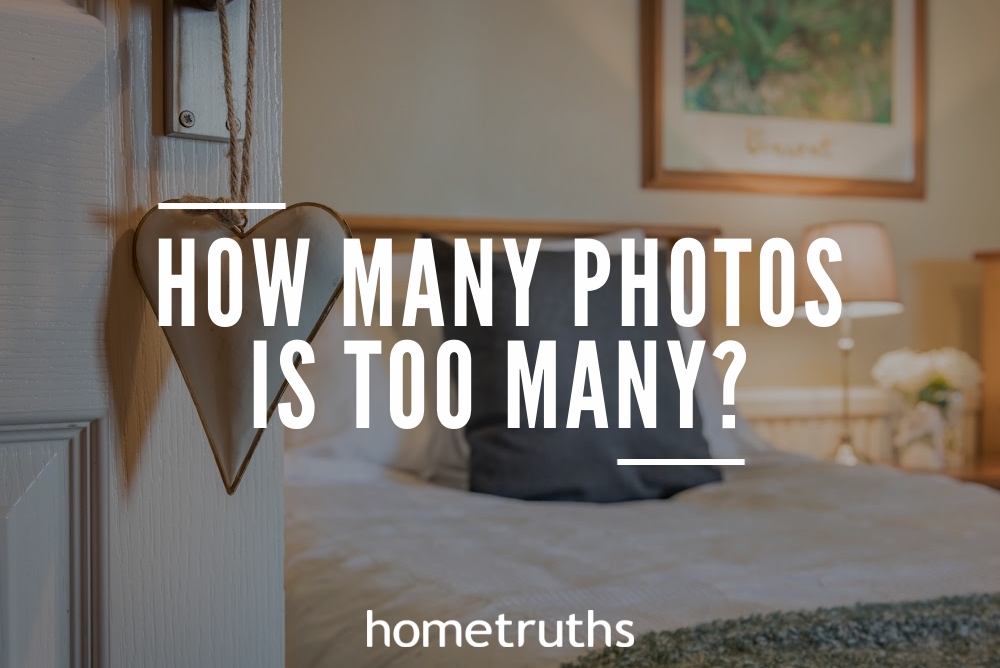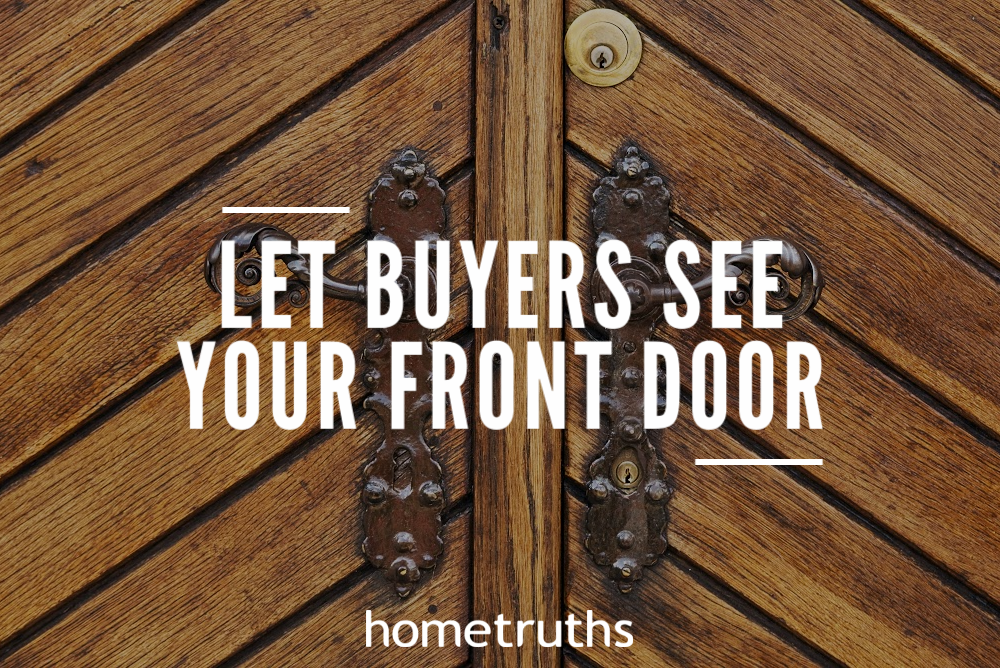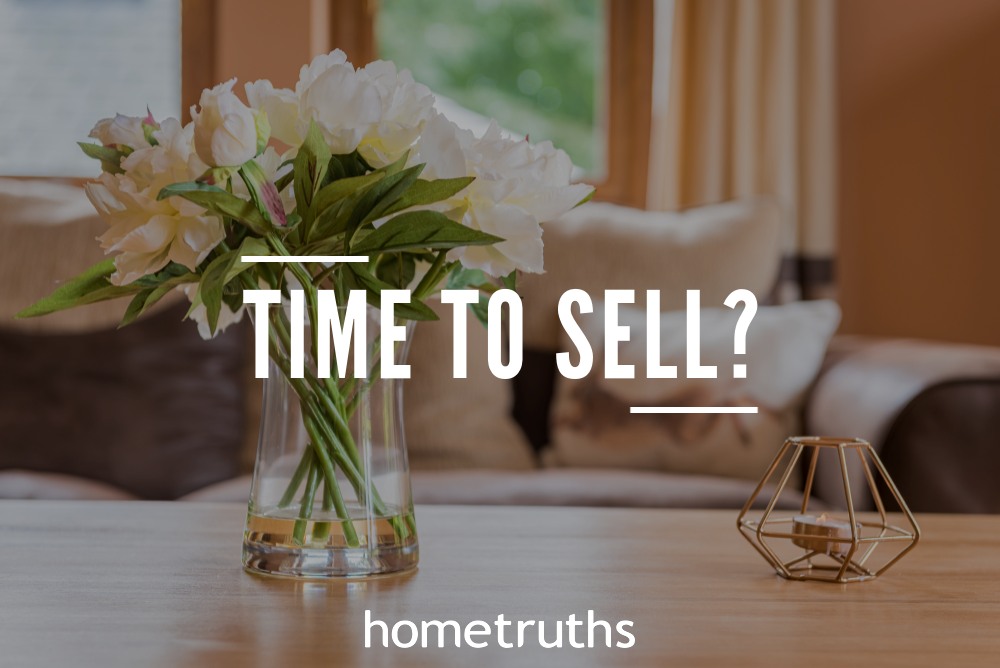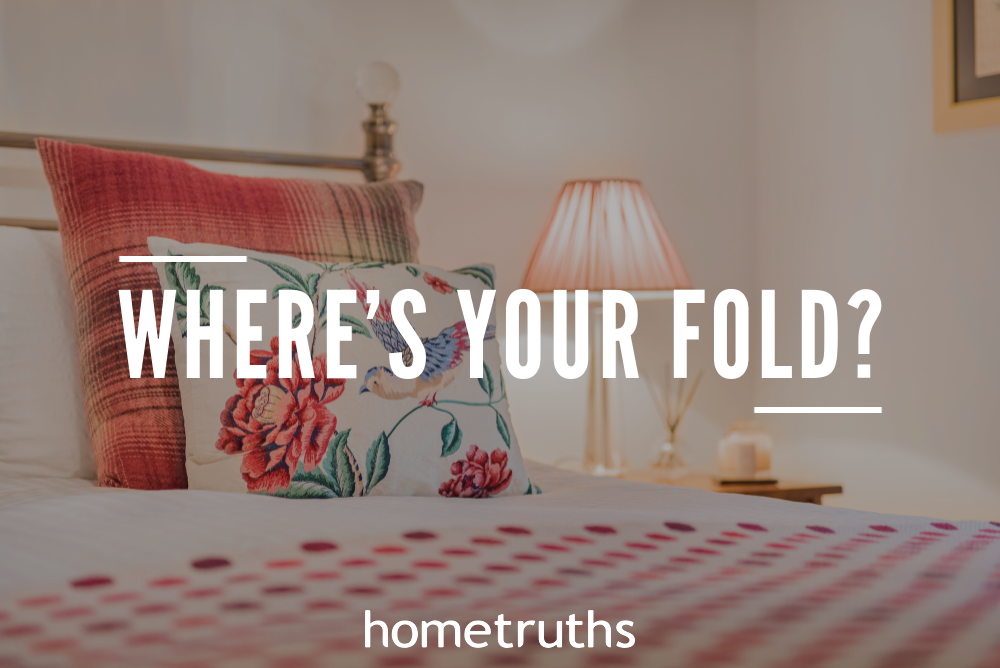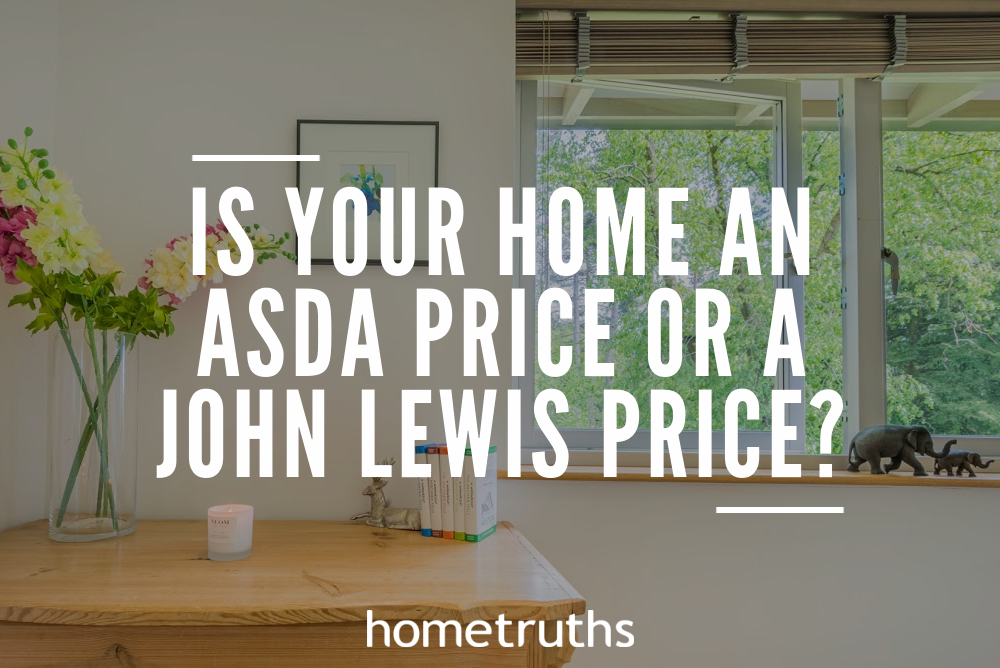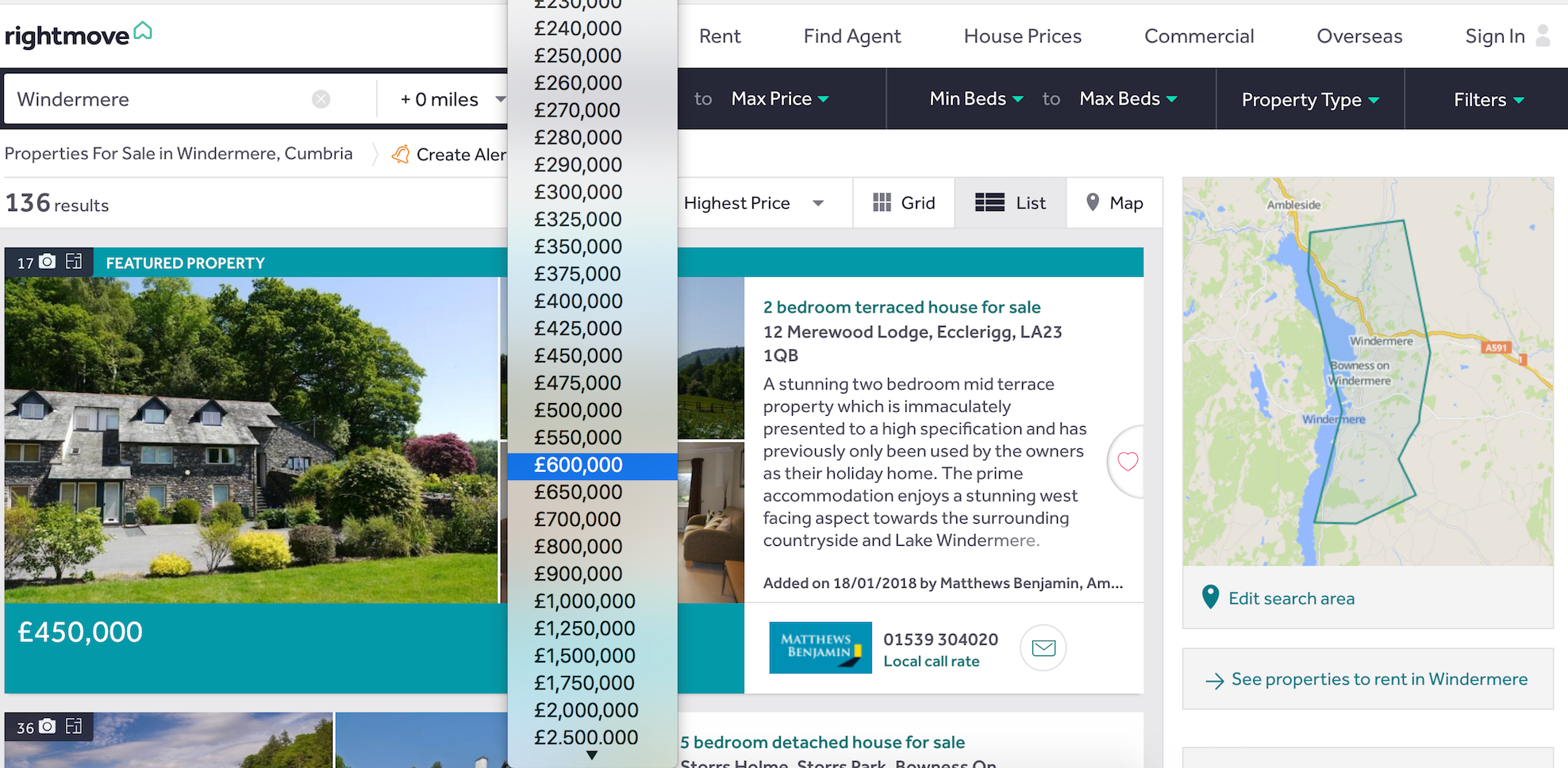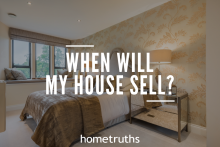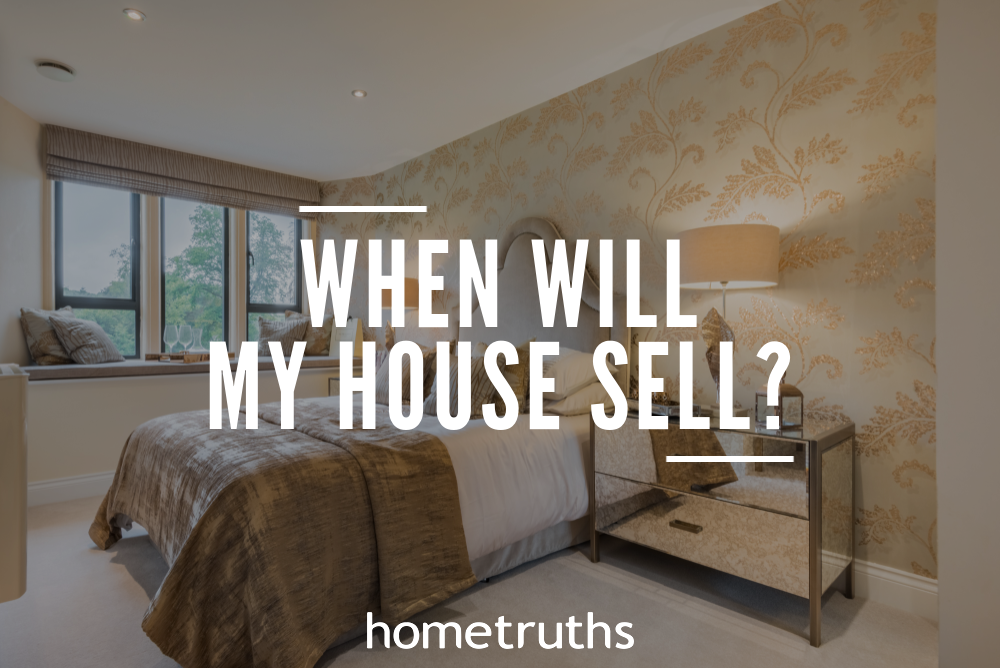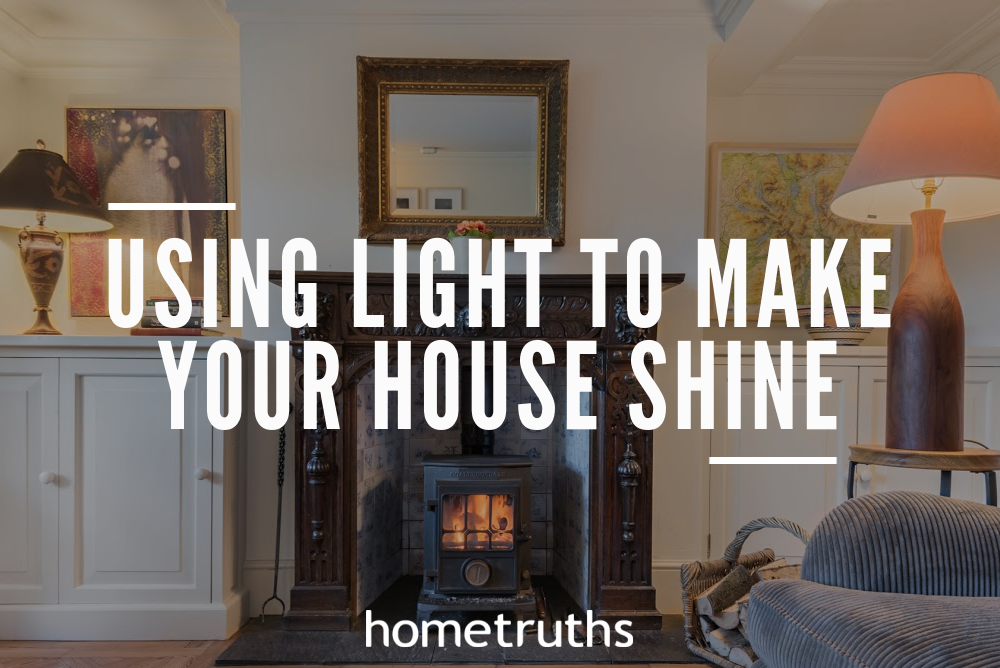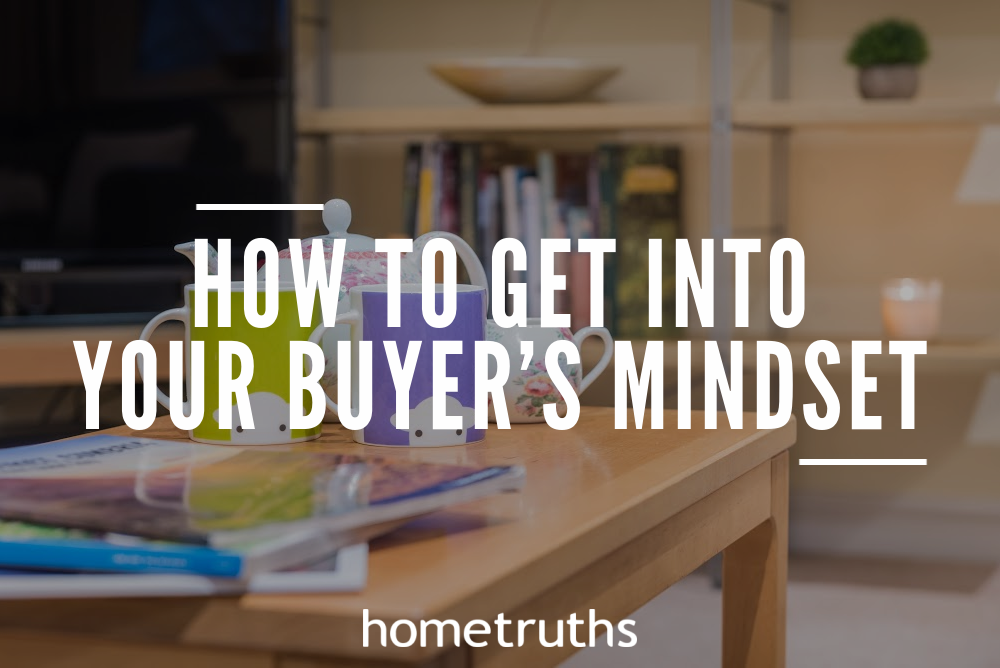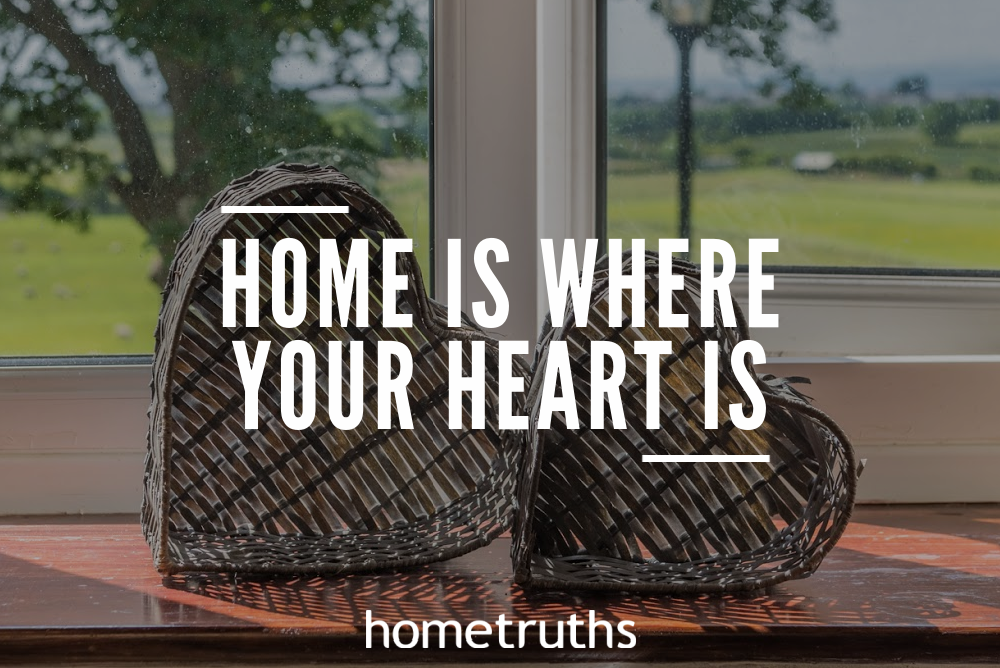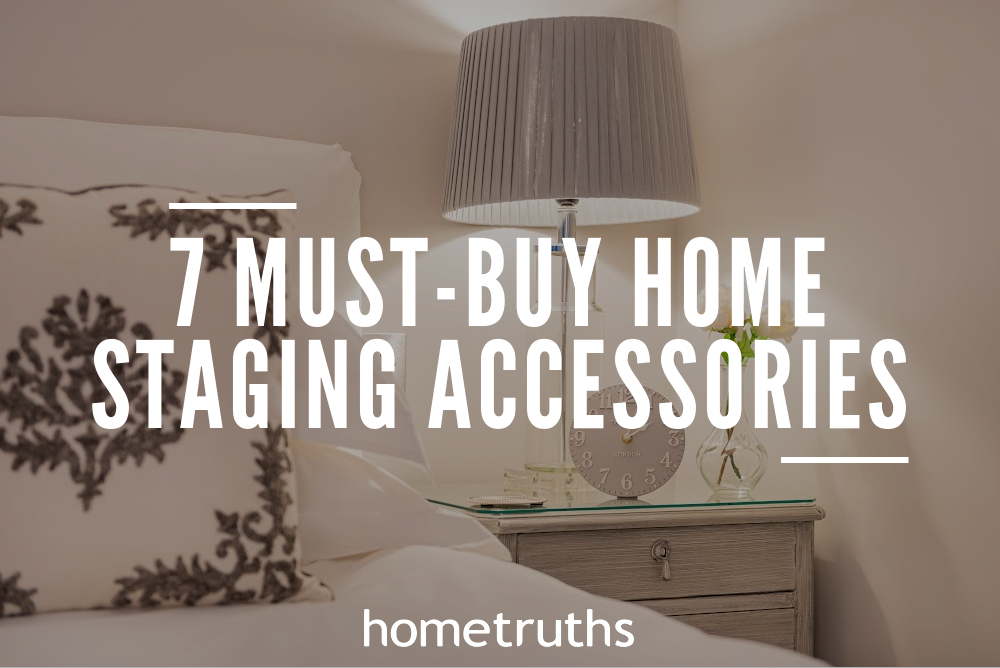A gentleman called me recently, and asked me this very question: “How many photos of my house online is too many?”
“How many do you have?” I asked him.
“77” came the reply.
Yes, if you’re wondering, 77 photos is too many. Around 57 too many, in fact!
There’s a great marketer’s saying that goes, “Sell the sizzle, not the sausage”, and that’s very relevant here. What it means is, don’t try to show the buyer everything, all at once. If you have 77 photographs of your home online, coupled with 1000 words of description, why would a buyer need to view your home? They can decide whether or not your home is of interest to them, from the comfort of their armchair, based on your photography alone.
Keep a little back; tease your buyer and pique their interest. Here’s a few tips on how to hook their attention, and encourage them to view your home:
- Don’t post too many photographs: 12 – 20 images is plenty, you really don’t need any more.
- Try to make a third of your photographs lifestyle images; in other words, stylish pictures of interesting features of your home, close-up. Perhaps a garden table dressed with a bottle of wine and some glasses, a candlelit dining table, or flowers on a hallway table. These kind of images snag a buyer’s attention and give them the clues they need that your home may be what they are looking for.
- Keep your copy brief and snappy: use bullet points for your main features, and short, interesting sentences for a brief description.
- Don’t let your agent use a long description online, as your buyer may well have to scroll down several times before they even reach your brochure link. Keep the copy to no more than a screen’s depth.
If you’d like my help to sell your home more effectively, please answer a few short questions here and if I think I can help you, I’ll be in touch.


